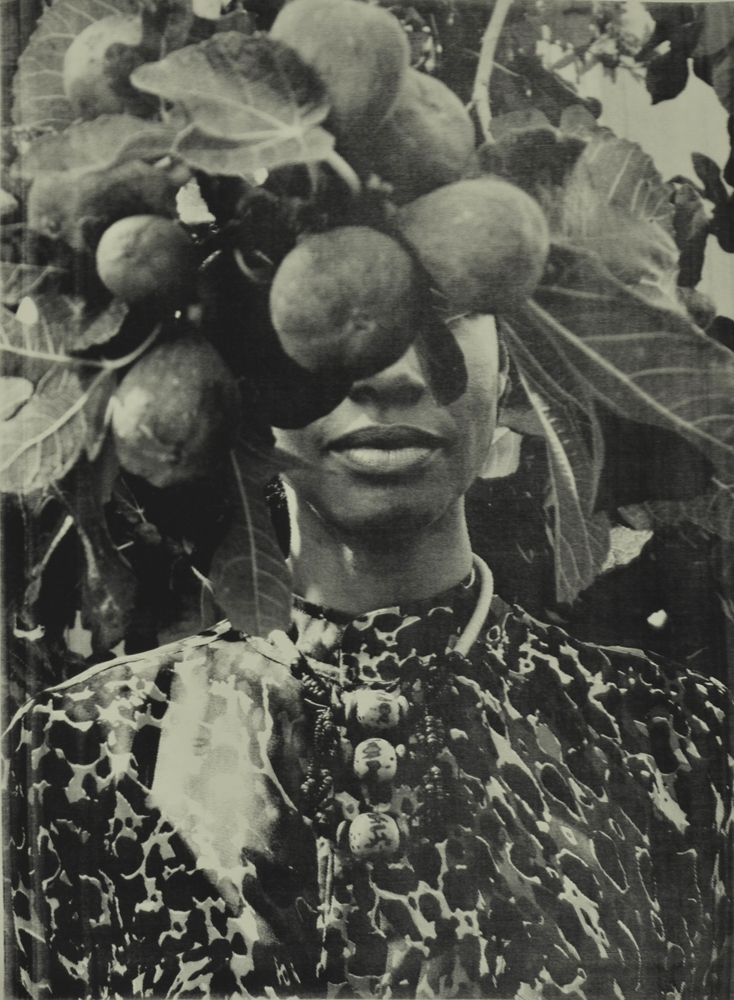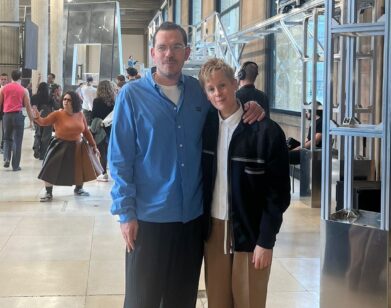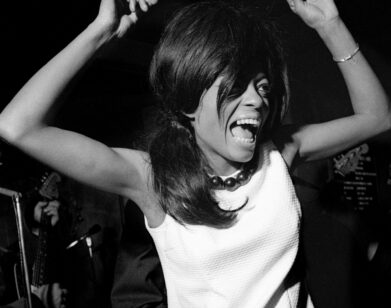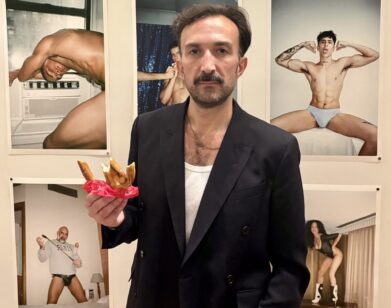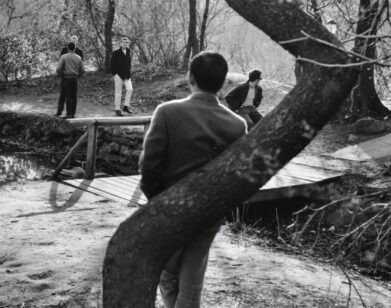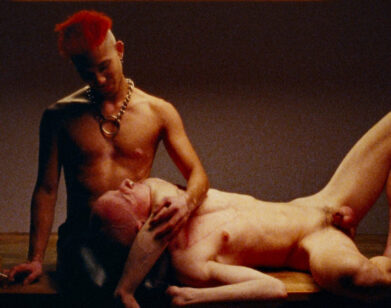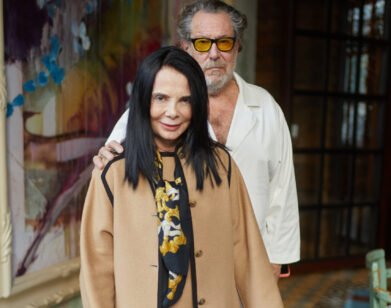The Accra Art Scene
For as globe-trotting as the contemporary art world is—fairs, festivals, biennials—and for how much it claims to champion unheard voices, it’s still a pretty regional affair. New York is the capital, and the notion of cultural exchange is usually limited to a Chelsea blue-chip opening a satellite space in a non-Western emerging market. And yet cities beyond the Manhattan glare aren’t just sitting around waiting to be discovered. You might not know it from the vantage of New York, but one of the most dynamic and radically adventurous art scenes happening right now is in Accra, the Ghanaian capital on the coast of West Africa. The country itself has long been deemed the success story of the sub-Saharan due to its emerging economy and stable democracy. Nevertheless, the vitality of the Accra art scene seems less a by-product of prosperity and more a willful, self-propelling act of determination. In other words, it’s a cultural force forged by the city’s young artists and nurtured by a few key institutions that have provided opportunities and support.
Many artists working in and out of Accra today are directly confronting the country’s political history and social iconography—often utilizing the techniques and aesthetic influences of the West to create works purely Ghanaian in tone and message. Take, for example, Jeremiah Quarshie’s powerful realist portraits of local women of all classes and positions, or Zohra Opoku’s stunning minimal-conceptualist works that blend personal history with indigenous forms, or Serge Attukwei Clottey’s hand-stitched plastic grids that harken as much to modernist abstraction as to the patterns of kente cloth. The most famous and antic public display of this blending of media and bending of codes is the annual Chale Wote Street Art Festival, where art, performance, dance, and music invade the streets in the historic area of Jamestown. There are also nonprofit spaces like the Nubuke Foundation committed to preserving and exhibiting contemporary art. Most prominently, Gallery 1957—named after the year of Ghana’s national independence and operated by the British-born, Lebanese businessman Marwan Zakhem—is proving that Accra artists are producing high-caliber work that can function within the traditional format of the white cube. Gallery 1957 is also reinventing the role of the traditional gallery itself by finding alternate spaces—an airport billboard, a construction site—for exhibiting new art. New York might own the present, but the future may very well be fueled by the discoveries and creativity of independent scenes like Accra. But this is all outside conjecture, as I was simply a lucky visitor. To discover why the Accra art scene is so vibrant today, it is best to ask those who helped bring it to life.
Jeremiah Quarshie, artist:
“Defiance! The current lively scene is as a result of going against the existing odds of nonsupport and limited resources to create something that has to be. There were no funds to support artists and organizations. The art community was a small one where everyone knew everyone. Despite all this, exhibitions happened. Artists sometimes curated their own shows. Everyone contributed in various ways to defy the odds and set the tone for the current scene.”
Zohra Opoku, artist:
“The artist scene is like a family. That dynamic creates a strong foundation where we realize we need not look first to the West. The work we produce can emphasize how we identify as proud Africans and can become the middle point of the world.”
Marwan Zakhem, founder of Gallery 1957:
“What is so impressive about the Accra art scene these days is the breadth and depth of the work from its young emerging artists. They’re working with such a diverse variety of media—found material, performance, photography, painting, to name a few. Accra is a historically conservative area, particularly in terms of artistic expression, and the highly experimental artworks being produced are testing the boundaries of current social and political issues. These artists, in their own ways, are working to disturb or question our traditional hierarchies.”
Serge Attukwei Clottey, artist
“I think it is mainly down to the younger generation of artists. Their work exploring conceptual ideas surrounding materialism is exciting and deeply relevant at the moment. By looking at materialization, we are able to consider material value and how imbued with memory everyday objects can become; doing so provides a reference point that can be understood internationally, but it can also mean something very different within our immediate community where these particular materials are in circulation.”

